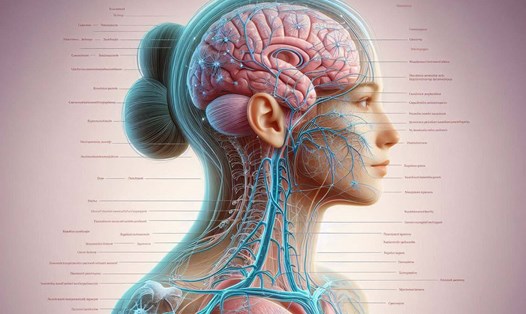According to Dr. Mohit Muttha, Consultant - Spinal Surgeon, Manipal Hospital, Kharadi, Pune (India), spinal cord injury can seriously affect mobility, especially in the neck area. When the spine is damaged, the neurological signals that dominate movement and feeling can be interrupted, causing neck stiffness, muscle weakness or paralysis. Common causes of cervical spinal cord injury include traffic accidents, falls, sports injuries or degenerative conditions such as cervical vertebrae degenerative disease.
Warning symptoms
Severe neck pain: Feeling of pain that does not subside even at rest can be a sign of a serious injury.
Loss of feeling or tingling in the arms, shoulders or fingers: This can be a symptom of damage to the nerves from the spinal cord.
Muscle weakness or paralysis: This directly affects the ability to move your neck and upper body.
Shortness of breath or difficulty swallowing: These symptoms can indicate serious damage to the spinal cord and surrounding nerve structures.
Loss of bladder or bowel control: This is an extremely serious sign, showing a direct impact on the spinal cord and requiring immediate intervention.
How to deal with spinal cord injury
Avoid movement: The injured should stay in place and not move to avoid further damage to the spinal cord and nerve structures.
Call for emergency care: Seek immediate medical help to ensure accurate assessment of the condition and timely treatment.
Neck stabilization: If possible, use a neck belt or other supportive material to secure your neck and prevent further strain on your spinal cord.
No neck pose changes: Try to avoid changing neck pose or moving your neck vigorously, which can cause more serious nerve damage.
Treatment and recovery of cervical spinal cord injury
Surgery: Performed to stabilize the spine and reduce pressure on the spinal cord.
Physical therapy: Helps restore motor function and improve muscle strength.
Device support: Use a necklace or a moving support device to relieve pain and stabilize the neck area.
Treatment goals: Restore mobility and sensation, minimize long-term consequences.
Severe damage: Treatment can be prolonged, requiring patience and support from family and medical professional.
Monitoring treatment: Adjust treatment methods to suit the patient's progress and health condition.







